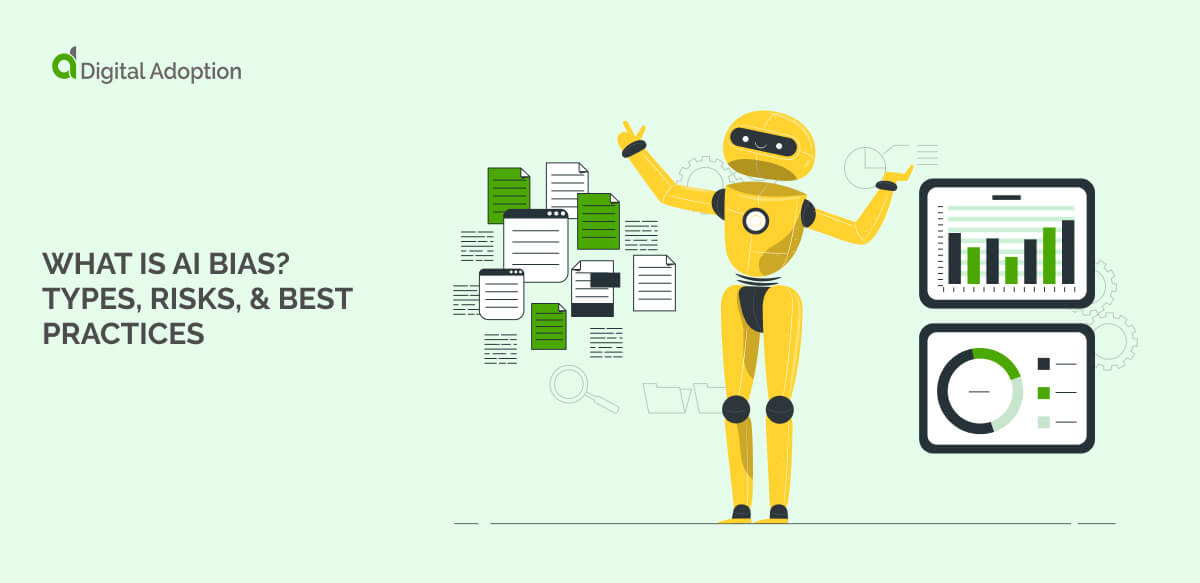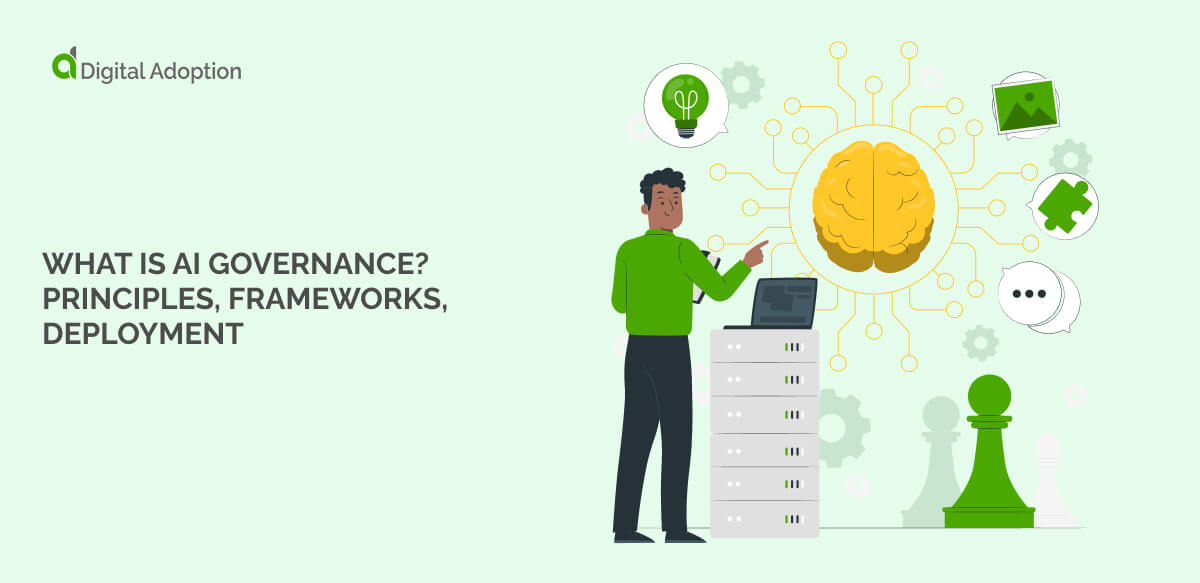Cloud migration use cases
While promising transformative benefits, cloud migration can encounter unexpected challenges that vary widely across different business contexts. These scenarios highlight unconventional obstacles organizations may face during their cloud migration journeys.
Regulatory and cultural duality
Scenario: A multinational pharmaceutical company undergoes cloud migration to enhance global collaboration and data accessibility.
Method: Balancing stringent regulatory requirements across multiple jurisdictions with varying data privacy laws proves challenging.
Outcome: The company navigates complex legal landscapes by implementing hybrid cloud solutions that segregate data based on regulatory constraints while fostering collaboration through cloud-based communication and project management tools.
Legacy infrastructure interdependencies
Scenario: A legacy-rich utility provider decides to migrate to the cloud to modernize operations and improve customer service.
Method: The organization encounters difficulties due to deeply embedded legacy systems interconnecting critical infrastructure components.
Outcome: Overcoming these challenges involves a phased migration approach, prioritizing subsystems for cloud adoption while maintaining interoperability with remaining on-premises systems to ensure uninterrupted service delivery and regulatory compliance.
Unpredictable scalability demands
Scenario: A seasonal outdoor recreation company pursues cloud migration to accommodate fluctuating customer demand during peak seasons.
Method: Anticipating and scaling cloud resources in response to unpredictable spikes in user traffic and booking requests pose logistical challenges.
Outcome: Leveraging auto-scaling capabilities and serverless architectures, the company optimizes resource allocation dynamically, ensuring seamless user experiences and cost efficiency during peak periods without over-provisioning during off-peak times.




